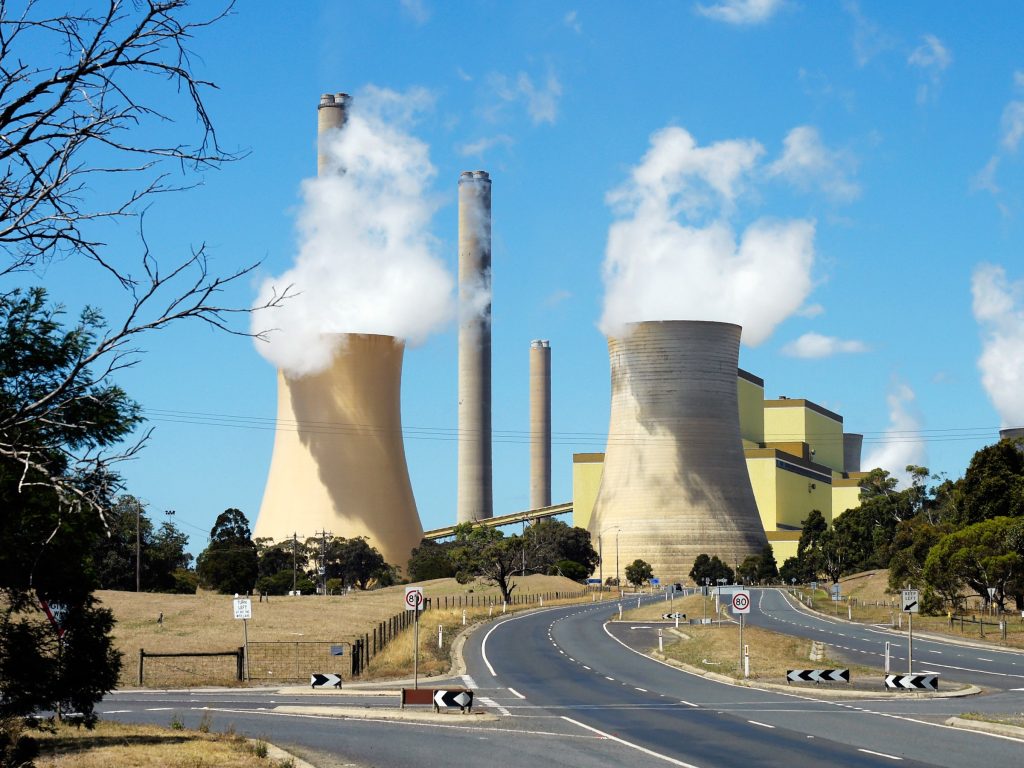Geothermal Power Plants: Harnessing Earth’s Natural Heat for Sustainable Energy
In the quest for sustainable and eco-friendly energy sources, geothermal power plants have emerged as a promising solution. These power plants tap into the Earth’s natural heat to generate electricity, offering a renewable alternative to traditional fossil fuel-based energy production. By harnessing the immense heat stored beneath our feet, geothermal power plants provide a reliable and environmentally friendly source of electricity.
At its core, geothermal energy is derived from the heat generated by the radioactive decay of elements deep within the Earth’s crust. This heat is continuously replenished by various geological processes, making it an abundant resource with virtually unlimited potential. Geothermal power plants utilize this energy through two main methods: steam-driven turbines or binary cycle systems.
Steam-driven turbine systems are similar in principle to conventional thermal power plants. They involve drilling wells into underground reservoirs of hot water or steam that naturally occur near tectonic plate boundaries or volcanic regions. The high-pressure steam extracted from these reservoirs is then used to drive turbines, which in turn produce electricity.
Binary cycle systems are another method employed by geothermal power plants. In this process, moderately heated water from underground reservoirs (typically around 100°C) is pumped up and passed through a heat exchanger. This warm fluid vaporizes a low-boiling-point working fluid such as butane or pentane contained in a separate loop system. The resulting vapor drives a turbine connected to an electrical generator.
One major advantage of geothermal power plants is their minimal environmental impact compared to conventional fossil fuel-based alternatives. Unlike coal-fired or gas-fired power stations, they produce very little greenhouse gas emissions during operation since there is no combustion involved in generating electricity from geothermal sources. Additionally, they require relatively small land footprints compared to other renewable energy technologies like solar farms or wind turbines.
Furthermore, geothermal energy offers baseload capacity – meaning it can provide a steady and consistent supply of electricity. Unlike solar or wind power, which are intermittent and dependent on weather conditions, geothermal power plants can operate 24/7, providing a reliable source of energy that is not subject to external factors.
However, there are some challenges associated with geothermal power plant development. One limitation is the requirement for suitable underground resources, which may not be available in all regions. Additionally, drilling deep wells can be costly and time-consuming. Moreover, the extraction process often involves the presence of minerals like sulfur that require careful handling to prevent environmental contamination.
Despite these challenges, the potential benefits of geothermal power plants make them an attractive option for sustainable energy production. As technology advances and research continues to explore new methods for harnessing geothermal energy more efficiently and economically, these power plants have the potential to play a significant role in transitioning towards a cleaner and greener future.
In conclusion, geothermal power plants offer an environmentally friendly alternative to traditional fossil fuel-based energy production. By tapping into Earth’s natural heat reservoirs through steam-driven turbines or binary cycle systems, they provide a reliable source of electricity with minimal greenhouse gas emissions. While facing certain limitations related to resource availability and cost considerations, ongoing advancements in technology hold great promise for expanding the use of geothermal energy as we strive towards sustainable living and eco-friendly lifestyles.

Leave a comment